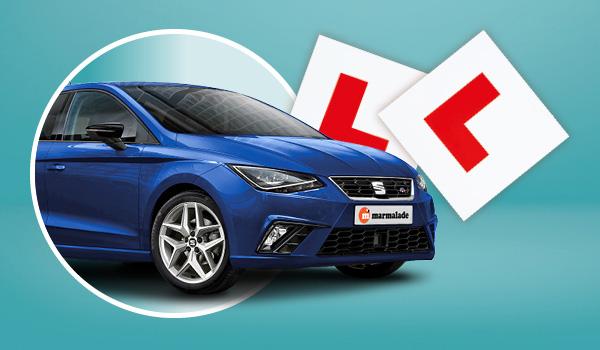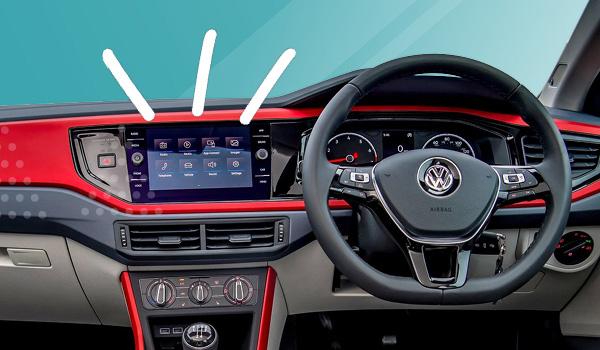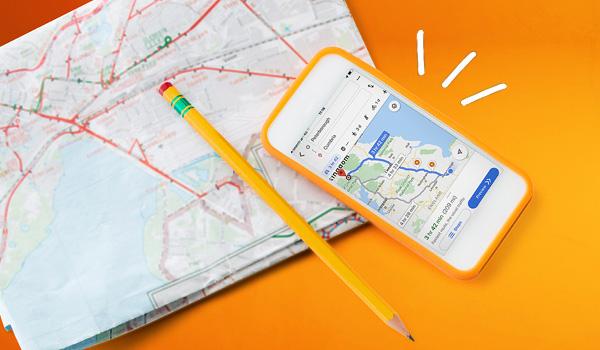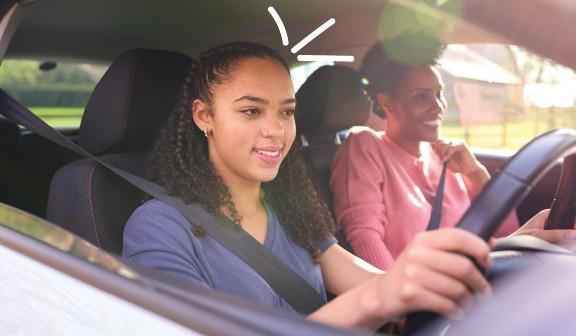Top 10 tips for driving practice between lessons
We’ve broken down our top tips on how to make the most of private driving practice outside lessons - essential reading for learner drivers or anyone accompanying them!

Taking extra driving practice alongside the lessons with an instructor will not only improve skills and confidence, but the increased exposure to different experiences behind the wheel will help drivers feel more prepared on passing. Our Learner Driver Insurance keeps you covered for private practice, allowing you time to perfect certain manoeuvres, or cover scenarios you may not get to experience in a lesson – such as night time driving, multi storey car parks or heading through a drive-thru (a new driver’s rite of passage, right?).
To get the most out of your private practice and make it as stress free as possible – for both the learner driver and supervising driver, here are our top tips:
1
Choose the right car

Enthusiastic learners may be chomping at the bit to take dad’s Audi 5 series for a spin, however practicing in a car that is similar to the one they are learning in with their instructor, or the car they’ll drive once they pass, is more beneficial. They’ll get used to it faster, it’ll be easier to manoeuvre and it’ll be much less stressful for both drivers. It goes without saying, that before you head out, it is important to have insurance in place to cover the learner behind the wheel.
2
Sit in on a driving lesson
This one’s for the supervising driver, so listen up parents! Ask if you can accompany the learner driver during a lesson. By observing from the backseat, you can see first-hand how many things the learner needs to be thinking about while driving, as these likely come naturally to you now you’re experienced. You can see what they tend to struggle with, how they’re handling their nerves, and it gives you an opportunity to ask the instructor for advice on how you can best support them in private practice. Seeing the lesson from the learner’s perspective will help you have more patience and knowhow when you’re the one in the passenger seat.
3
Get to know the car

Unless you’re practicing in the exact same vehicle as the instructor’s car, you’ll likely notice a few differences when you get into the driver’s seat. During the first session, it’s a good idea to spend a few minutes talking through how everything works. After getting to know the cockpit of the car, it’s worth the learner testing the biting point of the car before they set off. After all this, they should feel more confident and relaxed during the drive.
4
Choose the right time
Let’s face it, it’s going to be a bit nerve wracking in the early days for both parties, so choose a time you are both going to be feeling fairly relaxed. Heading out on a weekend or a free afternoon or evening is probably wiser than hitting the city centre at rush hour, or trying to cram in half an hour before dinner when everyone’s hangry! You’ll know when the best time is to practice driving for both of you. Build in a little extra time on the first few outings to allow learners to re-familiarise themselves with the car and to take a break if needed. Trust us, it will ease the pressure.
5
Plan ahead

The drive is likely to go a lot smoother if both of you know where you are going and what you are planning on practising so it’s worth catching up on the skills you want to cover and where may be best to head out to – whether it is a quiet side street to practise parking, or taking the route to and from a workplace to work on a variety of skills. The length of time you have to practice may dictate what you can achieve in the session, so think about what’s realistic in the time period. Your instructor may be able to suggest ideal places to practice driving near you, or why not check out our top 8 drives to do as a learner.
6
Mix it up
As well as working on the skills to get through the driving test, private driving practise allows learner drivers to gain experience in as many real-life situations as possible. When you’re thinking about what and when you’re going to practice, try to get in some practice at different times of day, on different types of roads and using different skills. Think town or city centre driving, driving on rural roads, navigating a multi-storey car park, driving at night or in rush hour and in different weather conditions, to name just a few.
7
Keep calm and carry on (or take a break!)

One thing that’s important to remember, it’s not always going to be plain sailing and can be stressful for both the learner and supervisor. If you’re accompanying a learner driver, remember to breathe and relax (and try not to hold on for dear life) as the learner is likely to become more nervous themselves if they sense that from you. Likewise, as a learner, cut the supervising driver a bit of slack if they look uncomfortable to start with as it will be new for them too. If at any time either of you are finding the stress too much during a session, don’t be scared to pull over and take a break, or end the session early ready to try another day.
8
Debrief after the session
This may seem obvious but talking about the session is a good idea! If you were supervising, take some time to praise the learner on what went well in the session and suggest what may be good to work on more the next time you head out for private driving practice. It’s a good opportunity for the experienced driver to praise the learner on what went well in the session and suggest what may be good to work on more the next time you head out for private driving practice. It’s a good opportunity for the learner to do the same – whether it’s sharing how they felt and what they would like to work on more, or giving their parent, friend or partner some feedback too – for example “I love the way you encouraged me, but I find it really unnerving when you grit your teeth when I am trying to park!”
9
Enjoy your time together!

Parents and their teens don’t always get a lot of time together so try to enjoy your driving practice together and build memories neither of you will forget! Who knows, you may have such a good time that you plan a road trip for after the big test – with the new driver taking the wheel, of course.
10
Choose the right insurance
Getting on the road can be a steep learning curve for both parents and learner drivers – from choosing how best to study for the theory and driving tests, to finding an instructor and choosing what car to drive. When it comes to insurance, it’s good to know that Marmalade offer a range of flexible solutions, as we know one size doesn’t fit all! We’ve got Short Term Learner Driver Insurance which covers the learner for 30, 60, 90, 120, 180 or 240 days, but we also offer annual options on a parent’s car or the young drivers own car. So, once you know what car you’ll be practising in, use our handy tool to find the right insurance for you.
Buy Learner Driver Insurance today!
It couldn't be easier to arrange cover to get out for private practice - get a quote today and you could be on the road in minutes, with no risk to the car owner's No Claims Discount!

Parent advice
Advice and guides for parents helping their learner driver on their driving journey.

Black Box Mythbusters
There’s a lot of misconceptions around driving with a black box – we’ve got the facts on what’s true and false!

Visit the Driver Hub
Check out the latest stories and blogs from young drivers



